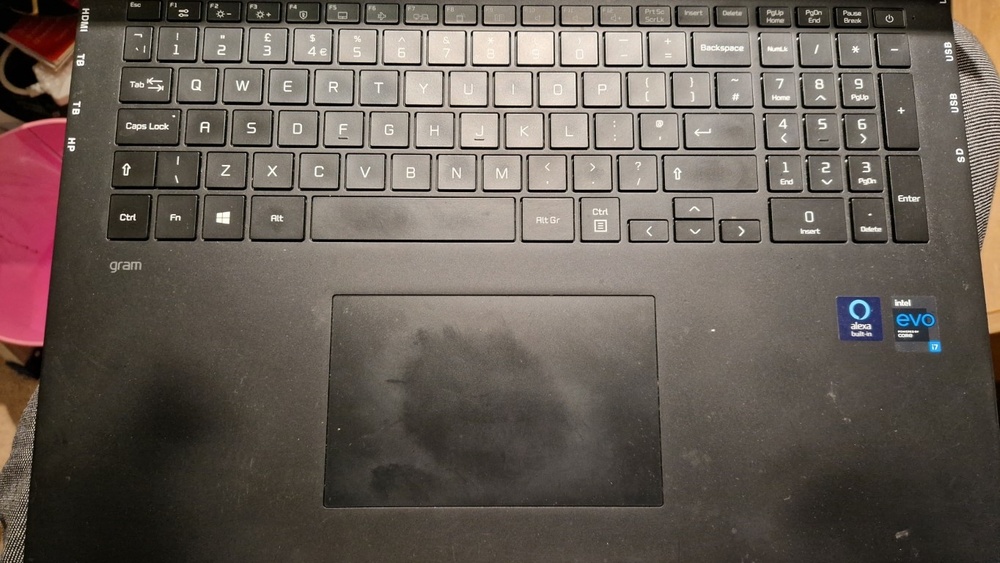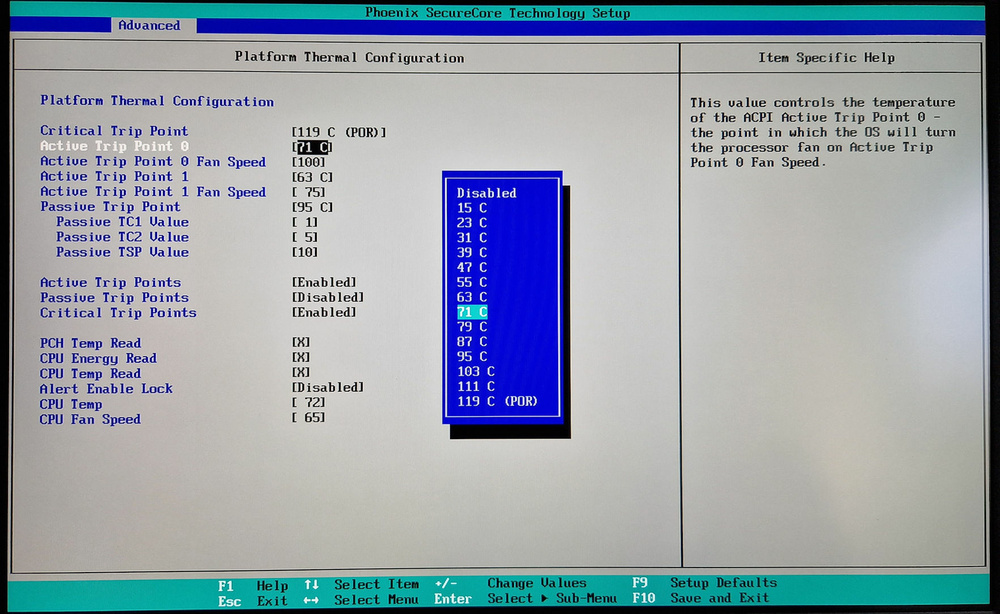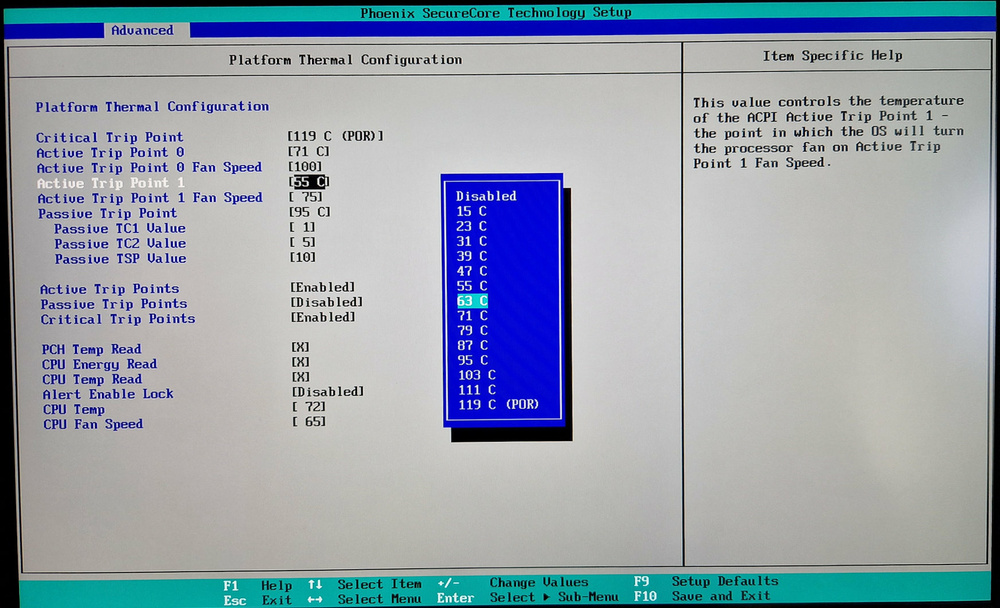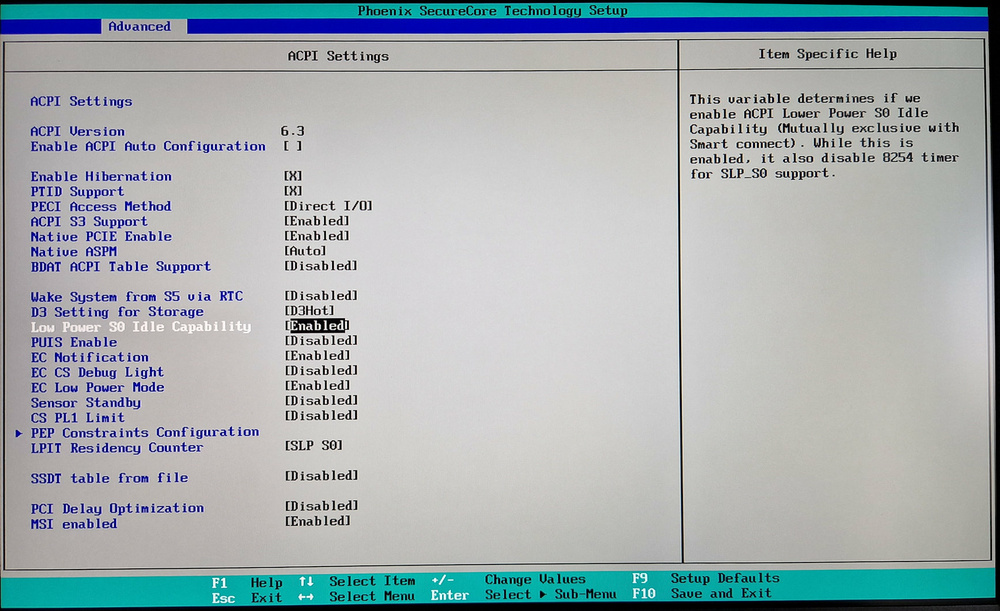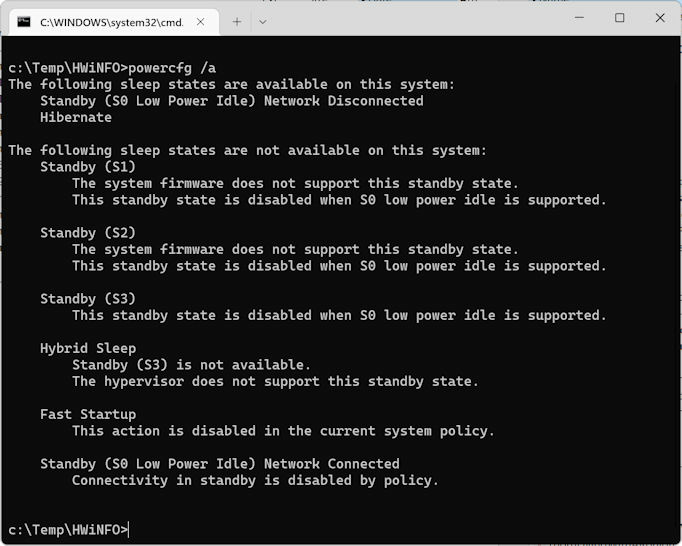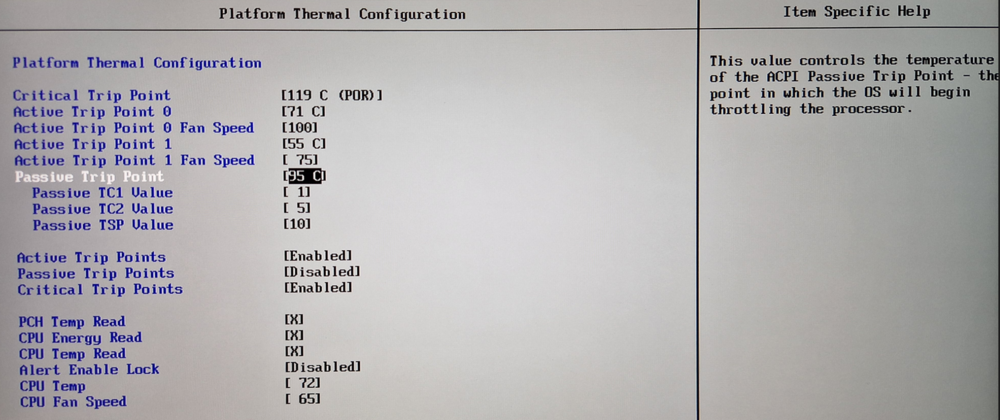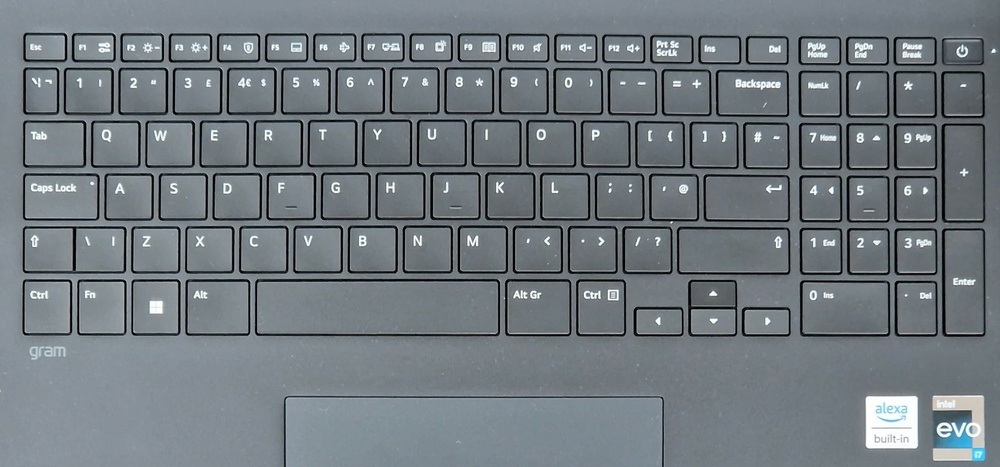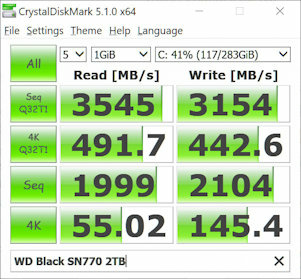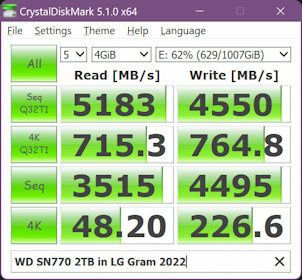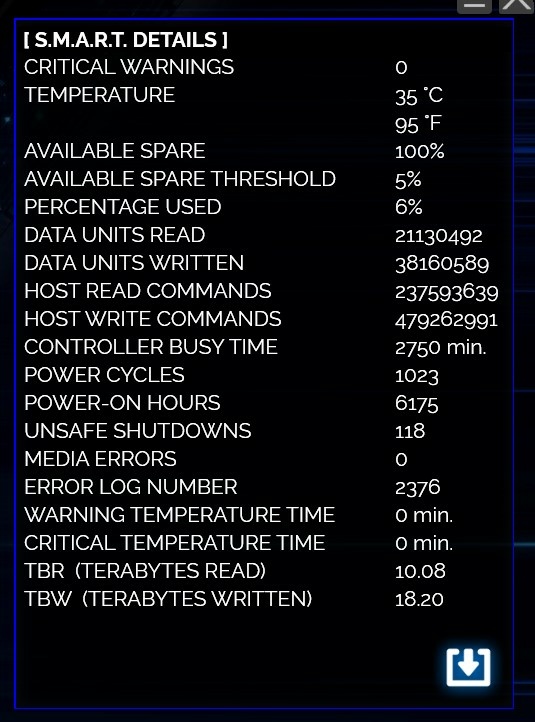-
Posts
208 -
Joined
-
Last visited
Content Type
Profiles
Forums
Events
Everything posted by John Ratsey
-
@Steerpike my 2021 Gram 17 is currently resting pending rehoming but I've got it out and photographed the keyboard. There's a shiny area on the spacebar, the touch pad looks used and you can see where my palms rest on the palmrest. The other keys look new. After taking the photo I've tried to clean the marks using some isopropyl alcohol on a cloth. The touchpad now looks much better but the other wear marks persist. I've also looked at the keyboard of my Galaxy Book Pro which I bought in January 2022. It hasn't had as much use as the LG and there's a shiny area on the space bar but no other obvious wear.
- 93 replies
-
- dopus
- directory
-
(and 50 more)
Tagged with:
- dopus
- directory
- opus
- file
- explorer
- zenbook
- 2022
- notebookcheck
- pc
- games
- fps
- performance
- laptops
- clevo
- nh55jnpy
- nh55jnrq
- nh55jnnq
- sound
- tutorial
- guide
- image quality
- quality
- blurry
- images
- storage
- storage limits
- laptops
- desktops
- desktop replacement
- janktop 4
- efgxt.net
- transfer
- notebooktalk.net
- gta
- grand theft auto
- rockstar
- open world
- crime drama
- m18x
- nvme
- mxm
- r2
- upgrade
- what laptop should i buy
- template
- opera gx
- chrome
- edge
- brave
- firefox
- dell precision 7760
- dell precision m6700
-
I think the Samsung Galaxy Book Pro (or the newer Book2 Pro) 15.6 is the other contender for the crown of being the lightest. Last year's models of both the Gram 15 and the Galaxy Book Pro can be found within the $1000 budget. Notebookcheck have comprehensive reviews of both https://www.notebookcheck.net/Samsung-Galaxy-Book-Pro-15-NP950XDB-laptop-review-Insanely-lightweight.585548.0.html , https://www.notebookcheck.net/Review-of-the-LG-Gram-15Z90P-1-1-kg-2-4-lb-15-inch-laptop.595386.0.html . Notebookcheck's data indicates that the Samsung is the smaller and lighter of the two but has only a 64Whr battery compared to the LG's 80Whr battery. The Samsung also has an AMOLED display. I would suggest that you read both reviews. If you have any specific questions then it may be best to ask them in the appropriate manufacturer forums here as there are a few members who own one of these brands if not the specific size you are considering. I have a Gram 17 as my main computer and a Galaxy Book Pro 13.3 for using when away from home. I personally have found no cause for concern about the lack of rigidity in these thin and light notebooks. There was a time when the mainboards of notebooks extended the full width of the case and any flexing resulted in stress on the electronics. Now the mainboards are much smaller with supplementary boards and ports connected using ribbon cables.
-
I've got a normal Gram 17 which spends most of its time on a desk so I've not given the battery a good test. However, as the notebookcheck review comments, the LG Gram has a small fan and heatsink which effectively means that the CPU can only run at full power for a very short period before slowing down to avoid overheating. This also means that the ability to guzzle the battery power is also throttled and helps to extend the battery run time. LG has provided a good size of battery given the design focus on minamal weight and thickness. LG's claim of 18.5 hours is based on "Video playback time testing conducted by LG in March 2022 using FHD video playback (1080p resolution), airplane mode on, 150 nits brightness, earphones, and default power options. Actual battery usage time and performance may vary depending on various factors, including network connectivity and application use." Video playback support is now built into the GPU so video playback not a very challenging test. Display brightness is a key factor in the run time and 150 nits is probably inadequate for comfortable viewing in a well-lit room. This video might help understand the brightness issue. Anyone wanting to maximise battery run time should do their own experiments to find out what uses the power. The starting place is to minimise the number of open software packages. The more the CPU can sleep then the less power it uses. While LG's 2022 normal laptops have an anti-glare coating, I expect the 2-in-1 models with touchscreens are still glossy because it is much easier to clean fingerprints off plain glass than coated glass. If LG had made significant changes to the display then I would expected this to have been mentioned in the sales info. Most likely it is the same as last year which the notebookcheck review noted wasn't bright enough for serious outside use. However, brightness sufficient for use outside will substantially increase battery drain. The LG Smart Assistant software provides four fan options (called cooling mode): No noise, Low, Normal and High. The slower the fan speed then the more the CPU speed is throttled to avoid overheating. If you are in a quiet room then the noise of a high fan will be very noticeable. I'm happy with the normal setting although I have adjusted the thermal triggers in the advanced BIOS settings. The fan speed responds quite quickly to CPU load and thermal requirements. Rigidity used to be a key durability consideration when the mainboards occupied the full width of a notebook and any flexing could result in failure. These days, however, the mainboards are much smaller with ribbon cables connecting auxiliary boards such as those with the ports so a bit of bending doesn't cause problems. Displays are also more tolerant of flexing than in a previous era. I would also mention that if overall portability is a key consideration then the LG Gram will run on a 45W PSU although it will give a warning. 45W is plenty to run the computer but not to also quickly charge the battery at the same time (my Gram 17 is using about 25W from the mains socket as I type this). It will even work, with more warnings, using a suitable 25W USB-C phone charger. Whether the LG Gram will suit your needs will depend on your expected usage. If it's web browsing, emails, video watching or normal office tasks then the modest CPU power (effectively no more than 2GHz due to the cooling system thermal limits) will be fine. If you want to do heavy number crunching or 3D gaming then it will give disappointment.
-
I think modern SSDs run cooler than earlier generations. FWIW I've got both a WD850 2TB and a WD770 2TB in my LG Gram 17 each with a thermal pad about 1.5mm thick which I happened to have in the drawer. I've just hit both SSDs with a couple of passes of CrystalDiskMark 4GB Q32T1 (which seems to be the fastest of the tests) and the SN850 maxed out at 68C while the SN770 reached 72C. Both cooled down quickly to around 40C (room temperature is about 22C). Actual ambient temperature in a notebook will depend on hardware design and the cooling system. An SSD located close to a CPU or GPU will be more vulnerable to heat from those devices than one located elsewhere and if it's hot at the start of having to do some work then it will be even hotter at the end. If you are frequently doing writes of tens of GBs then thermal performance may be a consideration but otherwise it's not something I would lose sleep over. I've ended up with WD SSDs because a website I buy from had very good offers for these at the time I was looking for something (several months apart) and my research didn't reveal any serious problems with either to discourage me from buying them.
-

Samsung Galaxy Book Flex (MX250) with Lenovo Thunderbolt 3 Graphics dock?
John Ratsey replied to worzyl's topic in Samsung
I've known hardware which was very fussy about the driver installation process otherwise Device Manager won't know what has been connected and will therefore give an error although this is normally "Unknown device". Error 43 seems to relate to graphics in which case the discussion here about finding the correct video driver could be relevant. -
I've managed to significantly reduce the fan noise under my normal (=light) usage condition by increasing the fan operation trigger temperatures in the BIOS. These settings are in the Advanced BIOS options, Platform Thermal Configuration. To get there first get into the BIOS (hold down F2 while the LG logo is showing during (re)boot then first hold down Ctrl, then also push down Alt, then also push down Shift and finally push F7. There is pre-defined list of temperatures. I raised both triggers by one step (trip point 0 from 71 to 79C and trip point 1 from 55 to 63C. Perhaps another option would have been to reduce the fan speed for trip point 1 to, say, 50. I deduce that those trip points are not steps in the fan speed but there's interpolation between them and also includes an unchangeable minimum temperature to trigger the fan operation. As I type this HWiNFO shows the CPU temperature fluctuating around 60C, which is below my new trigger point 1, but the fan is still running but more quietly than before. I also found that I could disable the S0 sleep state in the ACPI settings which will disable Modern Standby. However, while this makes S3 sleep available it doesn't work properly as the computer immediately reboots when it wakes up. I suspect other things need to be changed in Windows 11 to get S3 sleep to work properly. As this may be a generic Windows 11 issue I've started a separate Modern Standby topic in the Windows forum.
-

Samsung Galaxy Book Flex (MX250) with Lenovo Thunderbolt 3 Graphics dock?
John Ratsey replied to worzyl's topic in Samsung
Thanks for the confirmation. Did you check the basic dock connectivity and function by plugging something into the USB ports on the dock worked? I think Device Manager would also show some additional USB ports when the dock is connected. If there's nothing showing then try a different cable. This discussion might also be relevant to your problem. Lenovo lists a driver for the dock. Did you install it? The manual doesn't indicate whether the driver should be installed before or after the dock is plugged in but if you've downloaded the driver onto your Samsung you could go to the shop and try both options for the driver installation. I would go with the driver installed and try that first. If no success then uninstall the driver, plug the dock in and reinstall the driver. -
Removing the back panel gets easier with more practice. My 2021 Gram 17 came with about 9% battery wear but was second-hand and I don't know how the battery was treated by the previous owner. I set the battery saver to limit the charge to 80%. Unless one needs all-day use on battery the full 80Whr is generous. If it's possible to operate with battery charge between 20% and 80% then the battery life expectancy will be much improved as most of the wear on the chemistry occurs at the limits of the charge range. High charge and discharge current also doesn't help but the low thermal limits on the CPU mean that high power drain won't occur.
-
I'm getting frustrated by Modern Standby on my LG Gram 17 (2022) with Windows 11. When I tell the computer to Sleep then the fan keeps running and running. In reality, it's not sleeping at all but just turns off the display and keeps everything running. One consequence of this is the risk of overheating when the screen is closed and heat dissipation is less effective. Battery drain is also much higher than the traditional sleep. I wonder if Modern Standby was created for desktop computers and has been inflicted on notebooks without proper thought. The traditional low power sleep uses low power state S3. However, when low power state S0 is enabled in the BIOS then other sleep states are automatically disabled. Using a registry entry to disable S0 seems to work when telling the computer to sleep - it quickly goes quiet - but reboots when told to wake up. I've also tried disabling S0 in the BIOS and Powercfg /a shows that this enables the other sleep states. However, the reboot on wake problem still happens. There is some potentially relevant discussion here but I think the problem is if wider interest to notebook users. I suspect that something else in Windows needs to be changed to ensure trouble-free waking when Modern Standby is disabled.Ideally, S0 would be disabled before Windows is installed and Windows would then configure itself accordingly. Has anyone else had this problem and managed to solve it?
-

Samsung Galaxy Book Flex (MX250) with Lenovo Thunderbolt 3 Graphics dock?
John Ratsey replied to worzyl's topic in Samsung
Exactly which model is your Samsung notebook? I can only find this with the MX250 and the specs don't mention Thunderbolt. Thunderbolt uses the USB-C port but has its own controller in the notebook. You can check if your Samsung has this controller by running HWiNFO and seeing what is listed under devices attached to the PCI bus. -

Samsung Galaxy Book Pro NP950XDB - start/wake issues
John Ratsey replied to Steerpike's topic in Samsung
From Intel. However, the System log is now as cluttered as ever with netwtw10 errors. At the moment Modern Standby is winning the battle. I'm currently wondering whether to start something in the LG forum as my experience doesn't belong here but it's a more general Windows issue. -
An update is long overdue but it's only a couple of weeks since I transferred software and commissioned the 2022 Gram 17 as my primary computer. What have I noticed? Perhaps the first point is what I haven't noticed: Glare from the screen was starting to be a problem on the old Gram 17 as the sun got lower in the sky and shone in the window. This problem has disappeared at the cost of barely perceptable reduction in display sharpness. Also, as I had hoped, I haven't had any slow-downs due to 100% RAM utilisation. The 2022 Gram 17's fan is more active than I would like even though Turbo mode is disabled although overall it's no worse than my 2021 Gram 17. Both have an i7 CPU although it's not an appropriate CPU for LG's thermal solution. I had repasted the CPU with some Noctua NT-H2 when I was inside changing an SSD but this made no improvement so I bought some of the Honeywell TPM7950 sheet paste which had been favourably mentioned elsewhere in this forum. It's slightly fiddly to apply as it's a 0.25mm thick layer with a peel-off backing and I'm sure it helped reduce the fan activity. I also think the fan has gone a bit quieter in recent days. Perhaps Windows has finished indexing everything on 2 x 2TB SSDs. I'm also wondering if there's potential to adjust the trip points or fan speeds in the BIOS. If I could find someone to buy a better heatsink with two fans then I would. There's a lot of empty space inside the computer. Perhaps I could then make use of the speed potential of the i7 CPU without having a lot a noise. I don't like the changed lettering style on the keyboard with the primary and shift characters side-by-side instead of below and above. In the case of the number keys the alternative characters are also smaller and difficult to read at arm's length. I know my way round a keyboard quite well but my fingers are used to keyboards without numpads so they need some guidance. I've been having problems with the computer not properly sleeping but suspect the underlying problem is with Windows Modern Standby which turns off the display and not much else. I don't like shutting the computer at the end of the day and hearing the fans continuing to run. A busy computer that can't vent hot air properly is never a good thing. The above comments appear to be negative as the 2021 Gram 17 sets a high standard. I must run some comparative benchmarks on the old Gram 17 to see if CPU performance has improved. The 2022 version has a faster bus serving the SSDs as demonstrated by the CrystalDiskMark results for a WD SN770 SSD which was in the old Gram 17 (left result) and is now in the new one (right result).
-

Samsung Galaxy Book Pro NP950XDB - start/wake issues
John Ratsey replied to Steerpike's topic in Samsung
More willing but not completely willing as Event Viewer showed the system log was being spammed through the night by entries starting "The description for Event ID 7025 from source Netwtw10 cannot be found." I updated the Wi-Fi driver with Intel's latest which, so far, seems to have got rid of that event. -

Samsung Galaxy Book Pro NP950XDB - start/wake issues
John Ratsey replied to Steerpike's topic in Samsung
Thanks. Your comments prompted me to do some research and experiments. First I tried a registry entry to disable Modern Standby which resulted in Sleep having instant silence. However, when I woke the computer up if briefly showed my normal screen and then rebooted. So I re-enabled Modern Standby and looked for what part of it was keeping the computer awake. Disabling network connectivity didn't fix the problem so I re-searched through all the devices in Device Manager to find what could wake the computer and found two "Wake on ..." settings for the Wi-Fi adaptor which were set to enabled. I changed these to disabled and my Gram 17 is much more willing to stay asleep. -

Samsung Galaxy Book Pro NP950XDB - start/wake issues
John Ratsey replied to Steerpike's topic in Samsung
That's frustrating and a little worrying. I've always been wary of Windows sleep mode ever since Windows was released and photos showed what could happen when a sleeping computer woke up while in a bag (badly deformed plastic where it had been heated). That said, I tend to use sleep overnight for the notebooks on my desk. My Samsung NP935 where I have stuck with Windows 10 has behaved very well. It goes quiet (although it's never very noisy) when I shut the screen and is ready for action when I open it. However, it's possible that there has been the occasional failure to wake up. My current frustration is with my 2022 Gram 17 (with Windows 11) which, when put to sleep, keeps running the fan as if it isn't sleeping at all. My 2021 Gram 17 (still on Windows 10) goes quiet when I shut the display so the suspicion lies with Windows 11. I've disabled hybrid sleep and checked the power settings for any hardware which can wake the computer. I have dim recollection of the older Gram 17 having the occasional failure to wake up. These days, with so few status lights, it's difficult to tell if the computer is unresponsive or it's just the display which hasn't come on. I recall earlier this century there was a problem with some graphics hardware/software causing unreliable exit from sleep but, I would hope, such problems are well in the past. -
Good point. My comment had focussed on performance. Here's some SMART data for a 2TB Sabrent Rocket I bought several years ago. The manufacturers' claimed life is measured in hundreds of Terrabytes written (TBW). That SSD has accumulated 18TBW in over 6000 hours of operation.
-
I think there are two possible reasons for leaving some unpartitioned free space: One is to have a supply of usable space for reallocation should the drive software find some bad blocks (I think some SSDs keep some reserve space which is never available to the user). The other reason for some free space is to facilitate garbage management. My rule of thumb is 5% subject to a minimum of 50GB (my recent SSDs are 1TB or larger). However, I think the minimum sensible free space will also depend on usage patterns. If there's a lot of changing and writing of files then there's more garbage. However, I've not had SSD problems for about 10 years as SSD capacities have increased. I did have problems with early low capacity mSATA SSDs which I had filled so they lacked free space and there were times when the computer slowed to a crawl as the system had to do a lot of tidying up in order to write a file.
-

USB-C to older connectors (barrel, Lenovo slim-tip, etc.)
John Ratsey replied to Yotsuko's topic in Accessories
We've wandered off topic here but (i) my UK Samsung 65W PSU is 56mm (excluding the prongs) x 46mm x 27mm and a Samsung European 45W PSU is 50mm (main body) / 68mm (including smaller part to fit some sockets) x 52mm x 28mm (so it's not as small as I thought). The labels on both mention PDO and PPS. -

USB-C to older connectors (barrel, Lenovo slim-tip, etc.)
John Ratsey replied to Yotsuko's topic in Accessories
Mine is the Samsung 45W phone charger https://www.amazon.co.uk/Samsung-Official-Super-Charger-Cable-Black/dp/B09PWHYSH8 . However, I'm not sure if it's much smaller than your 65W charger (the length of my Samsung 65W PSU is 2 1/4"). I've also got this very compact Juice charger https://www.amazon.co.uk/Juice-EVERYTHING-charging-Smartphones-Technology-Black/dp/B092DZS3XR which claims to be 65W (but is maximum 45W from the USB-C port) and usefully has a USB-A port for charging other devices. I've had no problem with mine but see that some people have had failures. I carry a 25W USB-C charger in the bag for emergencies. -

USB-C to older connectors (barrel, Lenovo slim-tip, etc.)
John Ratsey replied to Yotsuko's topic in Accessories
I didn't look on the bottom of the computer but did check the small print on the Samsung charger (which (UK version) is bigger than yours but still a lot smaller than the LG PSU. Your discovery of PPS provides a possible clue. What happens if the Samsung PSU supports PPS? Does it produce the nominal 19V wanted by the adapter but the computer actually wants a bit more than 19V to be happy while a non-PPS charger produces 20V which the computer is happy to accept although it's more than the voltage on the label? BTW, when I'm travelling I normally take a 45W charger as it's smaller than my Samsung 65W charger. The computer will give a warning when the charger is plugged in but then gets on with the job. The lower rating means that it can't charge the battery at the maximum possible rate when the computer is running. I've even used a 25W charger. -

USB-C to older connectors (barrel, Lenovo slim-tip, etc.)
John Ratsey replied to Yotsuko's topic in Accessories
Thanks for this useful research. There's clearly some variation in the implementation of the USB PD standards. I briefly wondered if not all the chargers support 20V but I checked my Samsung 65W USB-C PSU and 20V is listed. -
I recently bought a 2TB WD SN850 at a very reasonable price and it's provided no cause for concern although I'm not treating it to workstation workloads. It's a fast drive under normal usage but might slow down if hit by multi-gigabyte writes which overload the fast cache. If you have more than one SSD in a system then it's worth considering if they can be separated between data storage (reading but little writing after the initial setup) and working drives with a heavy write workload for which it's worthwhile paying a premium.
- 973 replies
-
- 2
-

-
- dell precision 7770
- dell precision 7670
- (and 6 more)
-

USB-C to older connectors (barrel, Lenovo slim-tip, etc.)
John Ratsey replied to Yotsuko's topic in Accessories
I've figured that out: Click on the 3 dots at the top right of a post and one of the options is "Share". Select that and then copy the link. -
I'm glad you found the setting. It's never easy to find things in a hurry when using something unfamiliar. It's possible that the extra fan noise was triggered by Windows doing background activities such as indexing on the new setup. Such activities are set to stop the moment the Windows senses you are doing something. I don't recall ever being annoyed by fan noise on my 13" Samsung but I don't give it hard work to do (plus it has the i5 CPU). I've also been impressed by the frugal power drain but on that model it's helped by the smaller screen. It's possible that Samsung have done a better job than LG in tweaking settings to reduce power consumption when running on battery but this will also be helped by 15.6" screen which has 20% less area than the LG panel to be illuminated. Also, whereas the LG's standard LCD panel is backlit all the time, the power requirement for Samsung's AMOLED panels depends on what is display. A predominantly black screen with some white text will use less power (I think) than a predominantly white screen with black text although I don't recall exploring the difference. I don't have problems with the Gram 17's touchpad but agree that the Samsung pad is better. I also agree that Samsung seem to have used a coating on the display which takes the edge off reflections without degrading the image quality. The LG LCD panel is among the best of its type but the AMOLED panels are even better. Iconsidered the 15.6 Samsung before I bought my Gram 17 but the available UK versions are predominantly white or thereabouts ("mystic silver") which I don't like. My first Samsung notebook was the 15.4" X60 which I bought in 2006. The 2.55kg (5.5lb) weight was class-leading at the time and the 3 hour battery time was also good. How things have improved!
-
The Samsung Settings on my NP935XDB (app version 1.5.4700) has a battery and performance menu which offers several performance modes. The battery voltage difference is the result of different internal connection of the lithium cells which each have a voltage of around 3.75V which can be connected in series or parallel or a combination of both.

